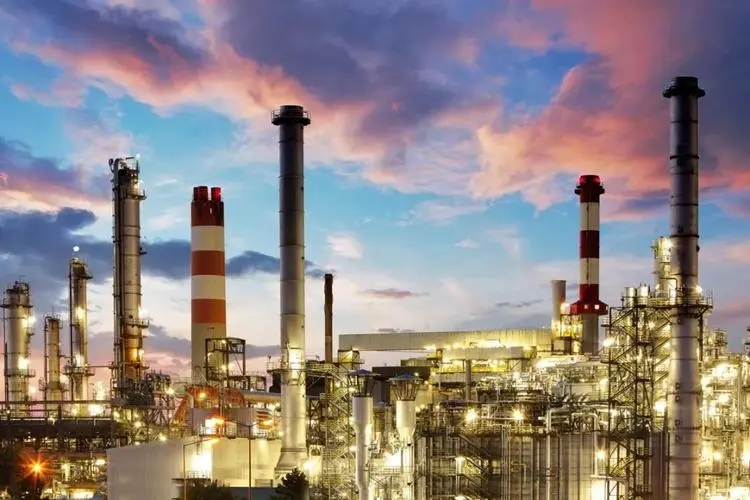TOCOM Energy
The Basics of the Tanker Shipping Market
Over the first quarter of the year, shipping rates for oil tankers have been volatile due to the Red Sea crisis, fluctuations in freight rates could influence the overall profitability of oil trades and affect pricing strategies adopted by producers, refiners, and traders. The aim of this video is to provide some basics of the tanker shipping market so as to better navigate the complexities of the global oil market effectively.
Tankers are mainly classified on the basis of their purpose and size
Oil tankers come in various sizes, generally accepted commercial classification on a scale of the AFRA system divides tankers by size into the following categories:
The biggest standard size being a ultra-large crude carrier or ‘ULCC’ followed by Very Large Crude Carrier or ‘VLCC’, these tankers can take up to three and two million barrels of crude oil per shipment respectively. The smaller vessels on the AFRA scale, the General Purpose (GP) and Medium Range (MR) tankers, are commonly used to transport cargos of refined petroleum products over relatively shorter distances.
Understanding the types of freight rates in ship
A ship owner chartering his vessel to a customer is paid ‘freight’, tanker freight rates as you may often hear are typically quoted using various pricing mechanisms and terms depending on the type of charter agreement. There are several commonly used contract types for freight agreements between shipowners and charterers. A brief description of each of them is summarized in this table.
On a voyage charter, vessels are hired to carry cargo from a load port(s) to a discharge port(s) at an agreed freight rate. The owner bears all costs in a voyage charter contract. Voyage charter freight rates in the tanker industry are generally settled on the basis of the Worldscale rate.
The Worldscale rate is a standardized estimate of the cost of moving a tanker on a specific route. The purpose of Worldscale rates is to enable market participants to easily compare earnings on alternative voyages. The rate calculations, which are made in USD, are per tonne for a full cargo for a standardized vessel based upon a round voyage using the under-mentioned factors. The resulting freight rate is effectively the break-even rate for the particular vessel and voyage and is known as Worldscale 100 or the flat rate. The freight for a given ship and voyage is normally expressed in a percentage of the flat rate and is supposed to reflect the freight market balance at the time of fixing. For example, Worldscale 150 would mean 150% of that rate and Worldscale 50 would mean 50% of that rate. Characteristics for different routes vary, and thus it exists a unique flat rate for an array of oil routes. These flat rates are revised and updated annually by a Worldscale panel.
On a time charter, vessels are chartered for a fixed period at a set hire rate. Shipowners pay for opex, while charterers cover fuel cost and other voyage expenditures. In practice, traders find that the differences in the charterparties make it difficult to compare freight rates directly. Freight rates are therefore usually quoted on a Time Charter Equivalent (TCE) basis to facilitate comparisons across periods, trading routes and shipowner’s performance despite changes in the mix of charter types. The TCE rate achieved on a given voyage is expressed in U.S. dollars/day and is generally calculated by subtracting voyage expenses, including bunkers and port charges, from voyage revenue and dividing the net amount (time charter equivalent revenues) by the number of days in the period.
Cyclical behavior of freight rate
Tanker shipping is a highly cyclical business with freight rates driven by numerous factors. Historically, there has been a visible degree of seasonality in the tanker market as freight rates have tended to perform better during the first quarter and the fourth quarter of a calendar year when seasonal oil demand picks up.
In the medium to long-term, vessel supply and oil demand are the main drivers. Tanker freight rates are known for their high volatility, which can be attributed in part to the low elasticity of supply as the expansion of fleet capacity in the shipping industry require significant time and investment.
A tanker market cycle generally begins with an oversupplied market where too many ships depress any earnings and therefore the capital flows out of the sector. When ships are removed from the fleet, owners earn more profits, when the market eventually recovers and seems profitable, shipowners again tend to overorder new buildings, so that the cyclical movement continues. These cycles vary in length but but generally take three to a decade or more years to complete.






